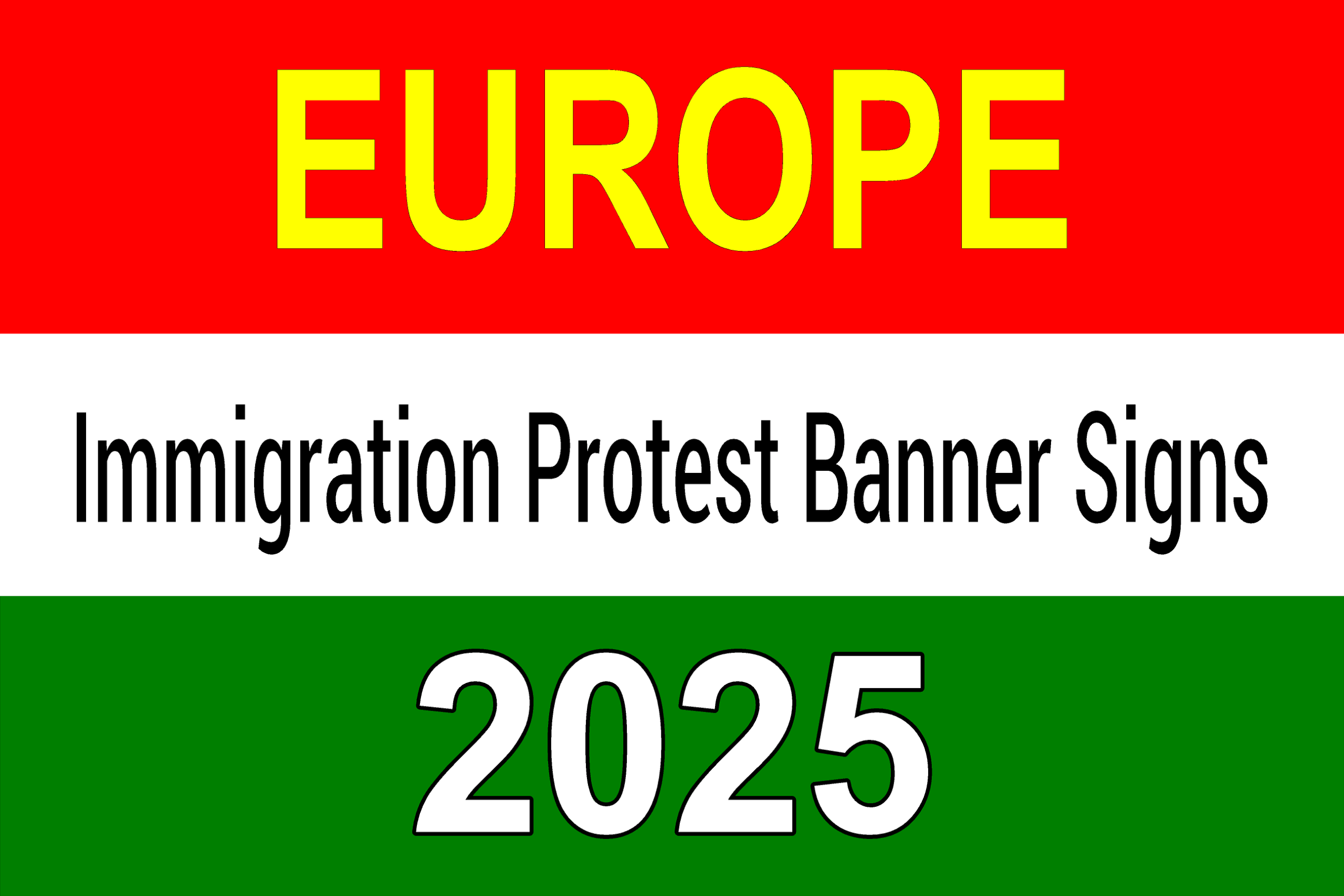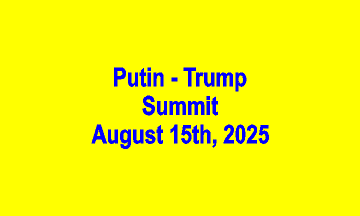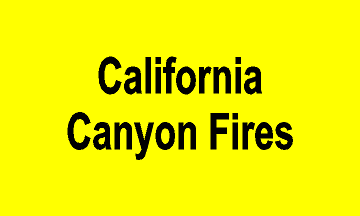Europe immigration riot protest signs June 2025 are being used to deliver a social message. June 2025 marked an explosive wave of immigration protests across Europe. Immigration policy shifts triggered mass demonstrations in major cities. So protesters filled streets in Paris, Berlin, Rome, and Barcelona. Protesters raised signs, banners, and voices to challenge growing anti-immigrant laws. But authorities responded with riot police, water cannons, and mass arrests.
In Paris, demonstrators marched from Gare du Nord to the French Parliament. Signs read “No Borders, No Nations” and “Liberté for All.” So banners stretched across boulevards, hung from balconies, and waved high above heads. Many slogans were scrawled by hand. Others were printed with precision by activist groups. Each word conveyed pain, urgency, and hope.
Berlin’s Kreuzberg district became a protest flashpoint. Demonstrators held signs that read “Refugees Are Not Criminals” and “Stop Fortress Europe.” Riot police clashed with crowds in Alexanderplatz. Banners waved above burning trash bins and chanting protestors. One sign stated: “You deport, we resist.” The message was loud and impossible to ignore.
Europe Immigration Riot Protest Signs June 2025 Send Powerful Social Messages
Protest signs are more than paper and paint. So they represent the thoughts, emotions, and dreams of real people. In Rome, students carried signs that read “Humanity First” and “Borders Kill.” Mothers held cardboard that declared “My Child Deserves Peace.” Children painted signs showing hearts and handprints beside the word “Amore.”
Barcelona saw massive protests near the Plaça de Catalunya. Colorful banners demanded “End Detention Now” and “Immigrants Built Europe Too.” But many signs were made in multiple languages. Spanish, Arabic, Catalan, and French appeared side by side. So this multilingual messaging made one thing clear: unity in resistance.
Signs carried messages of equality, freedom, and resistance. One particularly striking sign in Brussels read: “A Wall Won’t Stop Hunger.” Another, held by a Syrian refugee, simply read: “I Am Tired of Running.” So these messages echo in the minds of passersby, journalists, and even law enforcement.
Cities on Fire, Signs as Symbols of Rage
In Athens, tensions boiled over in front of the Greek Parliament. Protesters were angry about recent mass deportations to Turkey. So makeshift signs made from cardboard boxes read “No Deportations, No Prisons” and “We Are Not Numbers.” A banner draped across a fence read “Athens Belongs to Everyone.”
Dublin saw surprise immigration protests erupt in the Temple Bar area. Immigrants and Irish citizens marched together. Handmade signs showed slogans like “Ceád Míle Fáilte Means Welcome All” and “History Remembers Silence.” The Irish language was used as an act of cultural solidarity. One banner quoted a 1916 rebellion phrase: “We Serve Neither King Nor Kaiser.”
In Marseille, dock workers joined protests alongside immigrant families. A large canvas banner read “Without Migrants, No Europe.” It stretched across the city’s Old Port. Young protestors used spray paint on walls to write “Justice for the Drowned.” This referred to migrants who died in the Mediterranean Sea. Even graffiti turned into political speech.
In Warsaw, demonstrators clashed with nationalist counter-protesters. Riot gear glinted in the sun as chants filled the air. Signs stated “We Won’t Let Hate Win” and “Stop the Scapegoating.” Polish human rights activists joined in with banners that read “Solidarity Without Borders.”
Visual Messaging Captures Global Attention
Protest signs do more than stir local crowds. Their images spread across media and digital platforms. One sign in Vienna made headlines: “My Accent Doesn’t Make Me Less European.” That slogan appeared in viral videos and news reports. The sign’s power came from its simplicity and truth.
In Copenhagen, protestors lined bridges with banners visible from drones and helicopters. “We’re All Migrants,” one large red banner read in Danish and English. The visibility helped spark online trends using the hashtags #EuropeProtests and #ImmigrantRightsNow.
Digital activists began circulating high-resolution photos of protest signs. Social media profiles used slogans as banners and profile headers. One image from Prague showed a woman holding a sign that said: “You Fear What You Don’t Know.” That photo appeared in international news broadcasts the next day.
The creative power of protest signs cannot be overstated. Some used powerful artwork to draw attention. In Amsterdam, an artist’s banner depicted Europe as a chained heart. The chain was labeled “Policy.” The heart was cracked but still beating. The symbolism was clear and unforgettable.
Protests and Signs Are Rewriting Europe’s Immigration Debate
The signs seen across Europe in June 2025 reflect more than anger. They reflect lived realities. In Lisbon, immigrant students painted a mural using protest signs as stencils. Wording like “Dignity,” “Hope,” and “Justice” filled the wall. The city later declared the mural protected public art.
In Stockholm, protest signs were turned into an outdoor gallery. Banners were hung across buildings and alleyways. One sign read: “If We Must Fight for Rights, Then We Will.” Another banner displayed: “Love Has No Passport.” So these public displays demanded compassion, policy change, and truth.
Immigration protests are not just about politics. They are about people—workers, students, parents, and dreamers. But protest signs bring these people into focus. A sign in Zagreb stated: “We Are Already Home.” So that statement cut through debates and headlines. So it made clear what protesters are really fighting for: a place, a future, and respect.
Across Europe, these signs now serve as documents of resistance. But they reflect not only what happened in June 2025, but what continues to unfold. Bearing witness to a continental crisis of conscience. So they also remind governments that people are watching, resisting, and organizing.
Conclusion: Signs of Protest, Symbols of Change
Europe’s streets became stages in June 2025. So across cities and countries, protest signs served as instruments of resistance. But they showed solidarity, grief, courage, and unity. Their language was universal, even when printed in dozens of tongues. So their messages were loud, even when written in silence.
From Paris to Prague, Berlin to Barcelona, the signs carried meaning that echoed beyond borders. So they stood against brutality, spoke for the voiceless, and demanded justice. But with banners high and voices rising, protestors reshaped Europe’s immigration debate. So the writing is on the wall—and on every sign.
So please remember to protest peacefully and non violently so that your social message is clear and concise.







